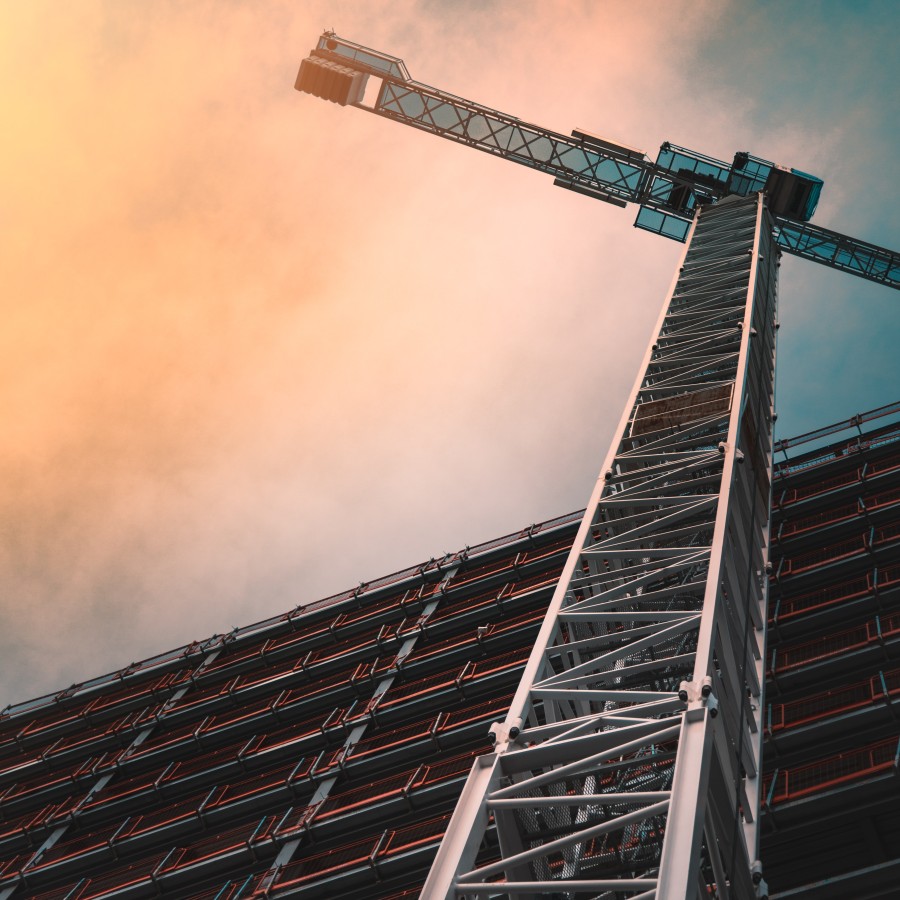A tighter interest rate environment and a lack of consumer confidence are weighing particularly on residential construction, which is likely to develop most unfavourably. Stimuli could come primarily from civil engineering. In Austria, the slowdown in growth is likely to be even stronger than in the European average – at +0.2 percent, domestic construction output has already stagnated in 2022.
The timid growth is on the one hand driven by the drastic increases in building costs, which are cancelling out the high nominal growth. This is compounded by the weakness of new residential construction, which contracted in 2022 and will also develop moderately in the coming years. This will only be partly offset by renovation and strong civil engineering.
Construction in Europe recovered quickly from the negative impact of the COVID-19 pandemic and continued to grow by a further 3.0 percent year-on-year in 2022 (2021 +5.8 percent). Construction volume expanded to around 1,900 billion € in the 19 Euroconstruct countries.


